Last week’s solar eclipse provided viewers with breathtaking celestial sights during totality. However, those in Montreal were treated to two additional surprises in the moments before and after the eclipse on April 8.
The first surprise was a distinct shadow created by a passing airplane right after the total eclipse ended. The second surprise was a stunning halo around the partially eclipsed sun.
The passing plane during the partial eclipse phase left a typical contrail behind. Usually, contrail shadows on clouds are too faint to notice in full sunlight, but the eclipse made them sharper and more visible.
According to Fred Espenak, a retired NASA astrophysicist known as “Mr. Eclipse,” the crescent shape of the sun after totality made the contrail shadow more pronounced.
Although it appeared that the contrail shadows were on a cloud layer above the airplane, they were actually cast by the sun onto clouds below.
The halo around the sun was not related to the eclipse. Known as a 22-degree sun halo, this circular ring of light is a common sight and is created by ice crystals in the upper atmosphere.
Sun halos are optical illusions that occur with thin cirrus clouds, reflecting and refracting sunlight to form rings around the sun or moon. While they are most frequently seen in polar regions, they can appear anywhere in the world.
Bright sun halos may be more noticeable during events like eclipses, but they can be observed at any time if you keep a lookout. Remember to never look directly at the sun while searching for these phenomena.










